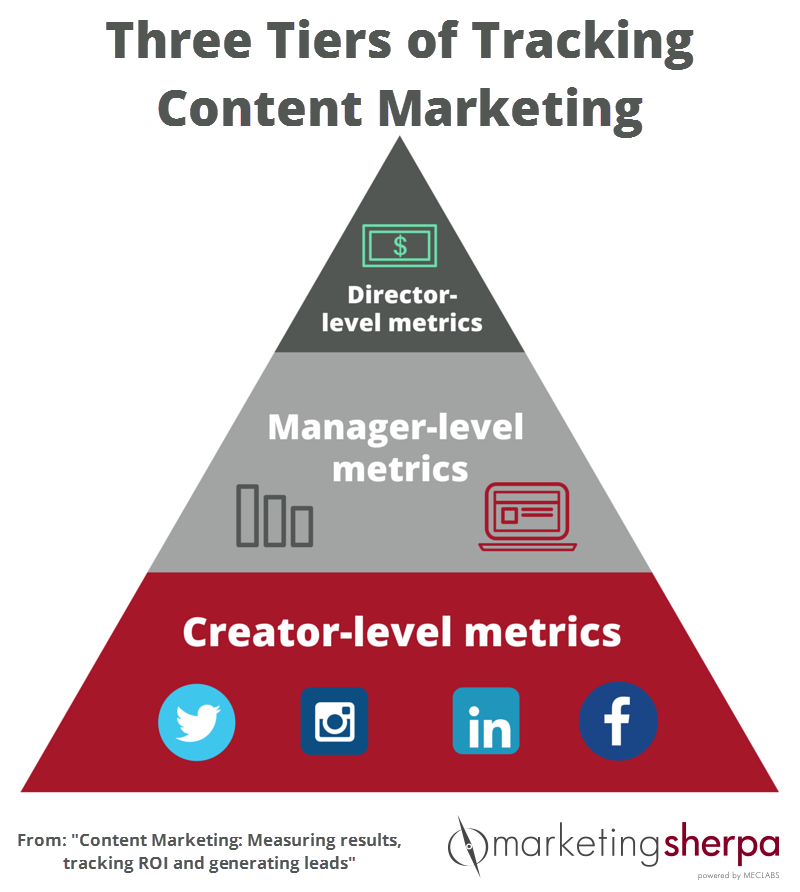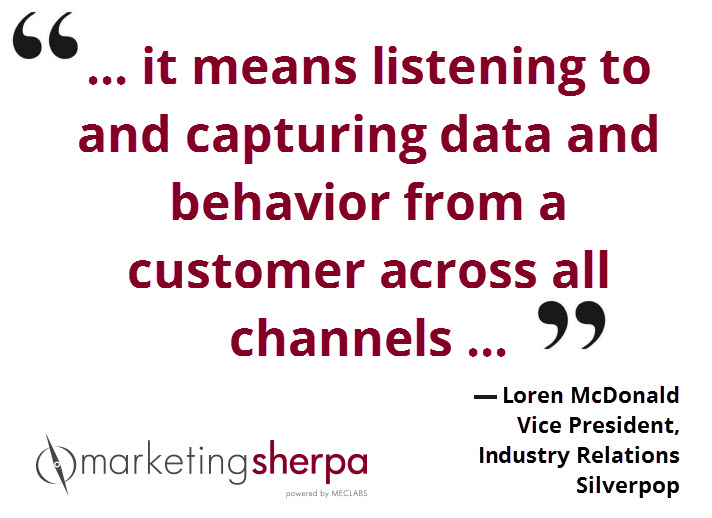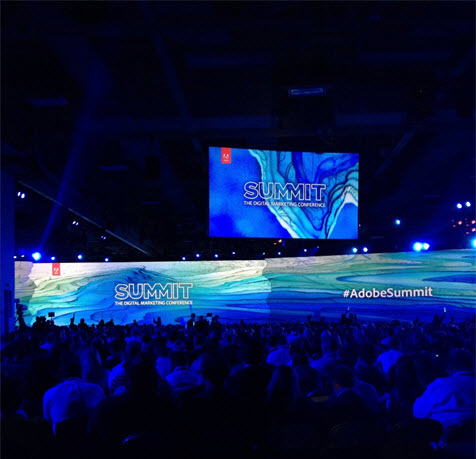Mobile Marketing: How Voices.com involved its customers in a responsive design campaign [video]
Today’s MarketingSherpa Blog post features an excerpt from a MarketingSherpa Optimization Summit 2014 presentation — “Mobile Optimization: How a B2B ecommerce company used responsive design to increase revenue by 180%” — with David Ciccarelli, Chief Executive Officer, Voices.com, providing insights into how the company utilized its customers in a mobile marketing campaign on responsive design.
In this video David explains how Voices.com tested its website with click tracking and heatmaps, saying that the first goal was to find out what website elements the team needed to keep when rolling out a new, responsive version that would be effective on both desktops and mobile devices.
“That’s how we identified the [website] elements that we were going to keep,” he says.
Another aspect of taking a customer-centric approach was that the team made a change in how interaction with the website was explained in help guides, tips and tutorials, email instruction and FAQs. This was done in order to reflect that mobile users will be tapping, spreading and pinching rather than navigating with mouse clicks like desktop users.




 channels along their customer journey and is organized around that customer experience and journey, rather than individual channels. Then from an execution perspective, it means listening to and capturing data and behavior from a customer across all channels and then responding back through the channel, or channels, that best moves that individual customer on to the next stage of the journey.
channels along their customer journey and is organized around that customer experience and journey, rather than individual channels. Then from an execution perspective, it means listening to and capturing data and behavior from a customer across all channels and then responding back through the channel, or channels, that best moves that individual customer on to the next stage of the journey.






